The global water crisis is one of the most pressing challenges of our time, with millions of people lacking access to clean and safe drinking water. However, human ingenuity is rising to the challenge with creative and groundbreaking solutions.
Each of these innovative solutions offers hope in the battle against the global water crisis. By embracing and expanding these technologies and practices, we can work towards a future where clean water is accessible to all.
1. Solar-Powered Water Purification Systems
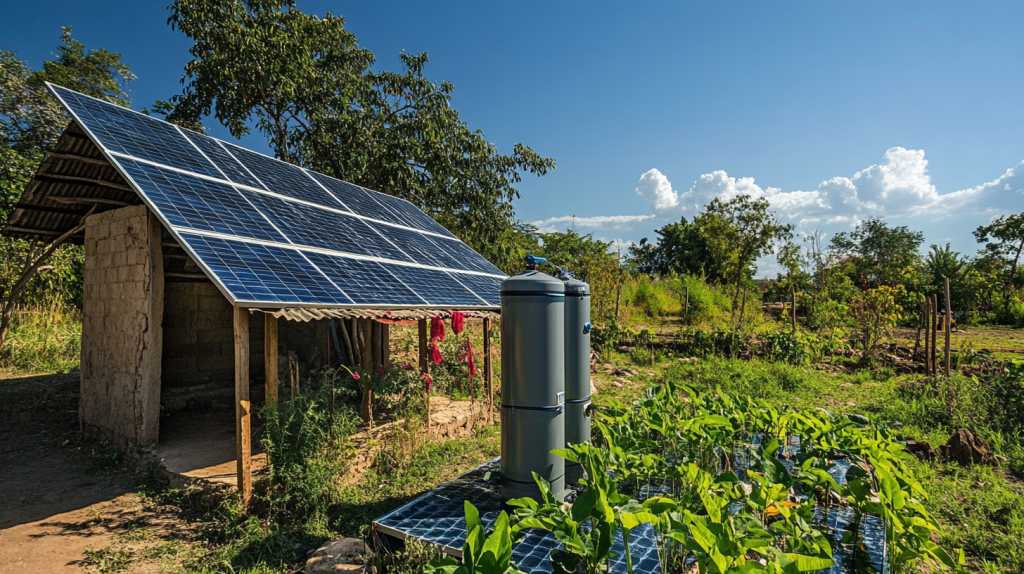
Solar-powered water purification systems use the sun’s energy to remove impurities and make water safe to drink. These systems are especially beneficial in remote and off-grid areas where electricity is scarce. The technology harnesses solar power to drive processes like distillation, filtration, and even desalination, providing clean water with minimal environmental impact.
2. Atmospheric Water Generators

Atmospheric water generators (AWGs) extract water directly from the air by cooling it to the point where condensation occurs. This technology is particularly useful in arid regions where surface and groundwater sources are limited. AWGs can produce potable water in even the most drought-stricken areas, offering a sustainable solution to water scarcity.
3. Rainwater Harvesting Systems

Rainwater harvesting systems collect and store rainwater for later use, reducing reliance on traditional water supplies. These systems can range from simple rooftop collection setups to more complex underground storage units. By capturing rainwater, communities can enhance their water resilience, especially in regions prone to droughts.
4. Fog Nets
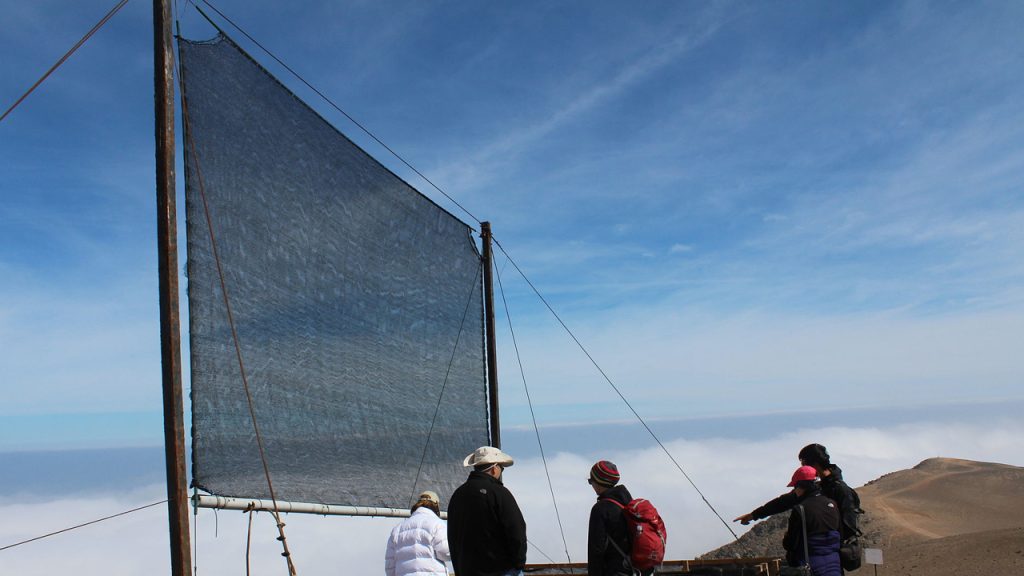
Fog nets, also known as fog catchers, are structures that capture water droplets from fog. These nets, made from fine mesh, are typically placed in mountainous or coastal regions where fog is common. The captured water drips into collection tanks, providing a reliable source of fresh water in areas where rainfall is scarce.
5. Desalination Plants
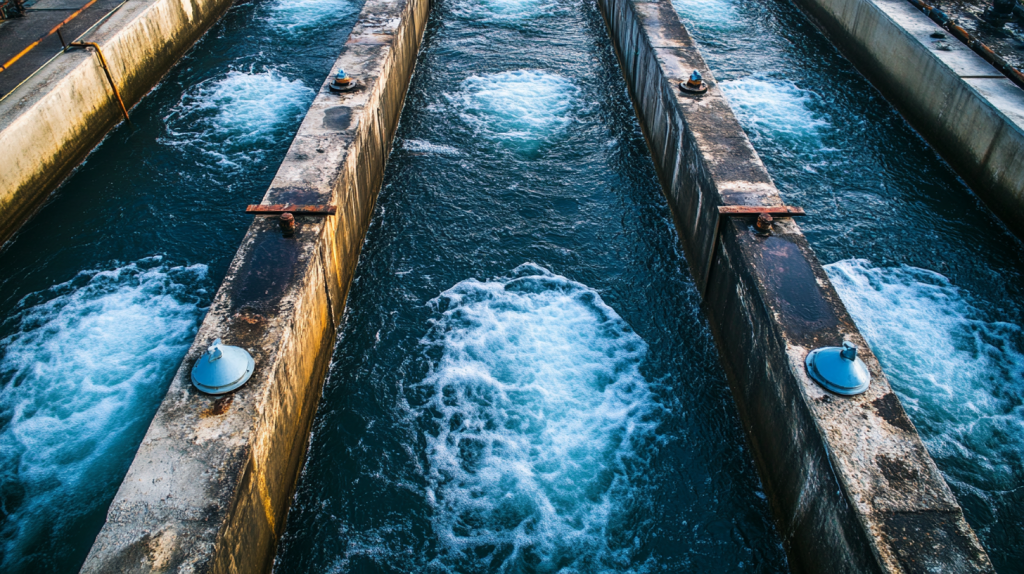
Desalination plants convert seawater into freshwater by removing salt and other impurities. While energy-intensive, advancements in technology are making desalination more efficient and affordable. This solution is crucial for coastal cities facing dwindling freshwater supplies, offering a vast and underutilized resource.
6. Wastewater Recycling
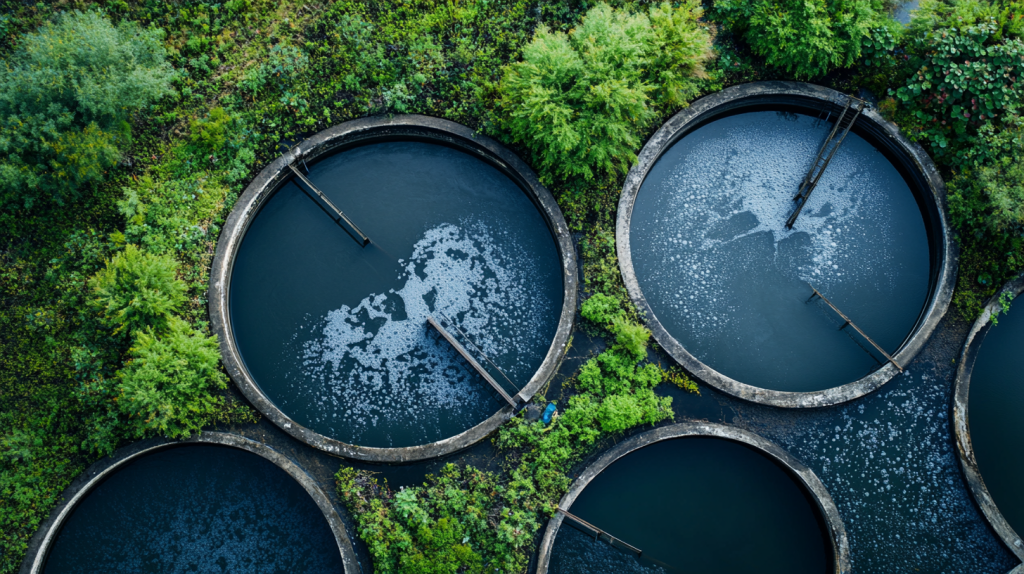
Wastewater recycling, or water reclamation, involves treating used water so it can be reused for various purposes, including agriculture, industrial processes, and even drinking. This approach reduces the strain on freshwater sources and minimizes wastewater discharge, making it a key component of sustainable water management.
7. Smart Irrigation Systems
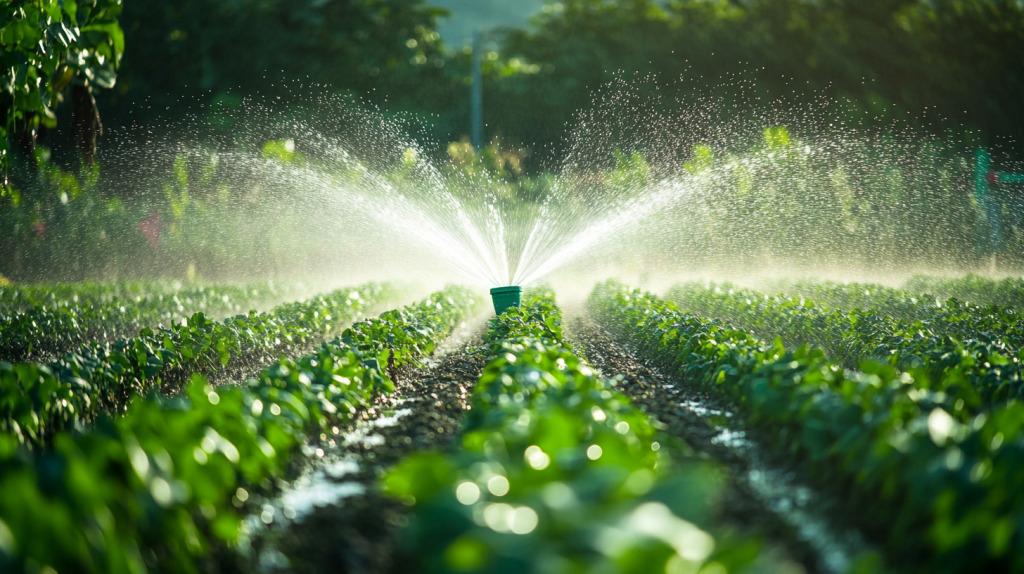
Smart irrigation systems use sensors and data analytics to optimize water use in agriculture. By monitoring soil moisture, weather conditions, and plant needs, these systems deliver the right amount of water at the right time, reducing waste and conserving valuable water resources. This technology helps farmers maintain productivity while using less water.
8. Constructed Wetlands
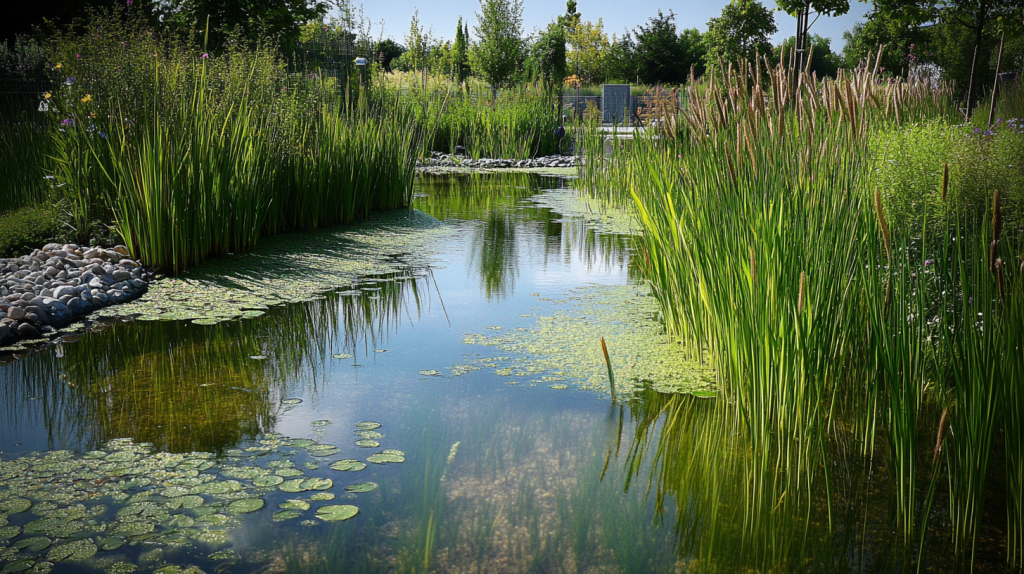
Constructed wetlands are man-made ecosystems that mimic the natural water filtration processes of marshes and swamps. These wetlands treat wastewater and stormwater by removing pollutants through natural processes involving plants, soil, and microorganisms. They offer a sustainable, low-energy alternative to traditional water treatment methods.
9. Drip Irrigation

Drip irrigation delivers water directly to the roots of plants through a network of tubes, reducing evaporation and runoff. This method is highly efficient, using up to 50% less water than traditional irrigation methods. Drip irrigation is especially valuable in water-scarce regions, where it can help ensure crops receive the necessary moisture without wasting water.
10. Water-Saving Appliances
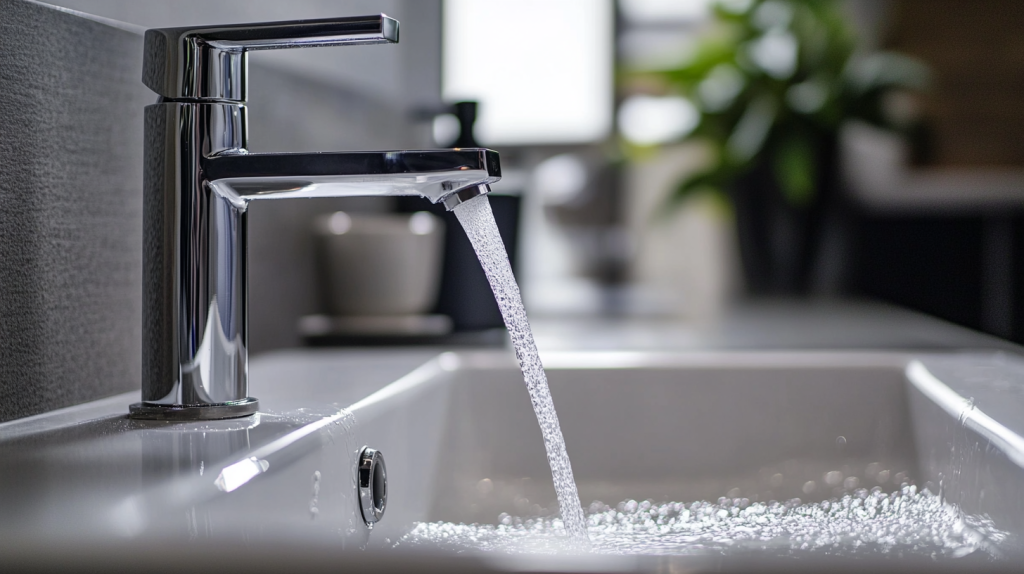
Water-saving appliances, such as low-flow toilets, faucets, and washing machines, reduce household water consumption. These devices are designed to use less water without sacrificing performance, helping to conserve water on a large scale when widely adopted. They play a significant role in reducing the overall demand for water in urban areas.
11. Greywater Systems
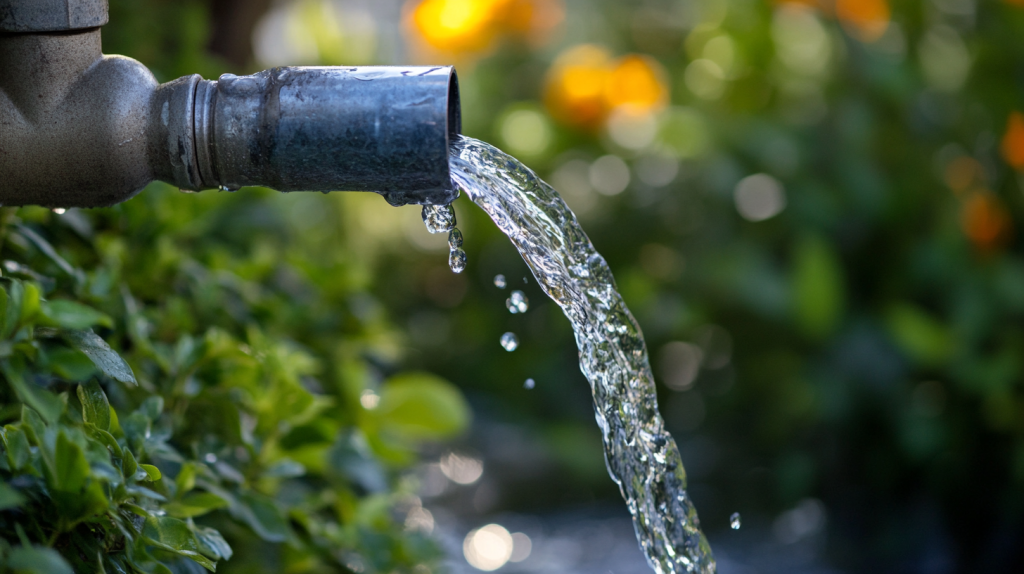
Greywater systems recycle water from sinks, showers, and laundry for use in non-potable applications, such as irrigation or toilet flushing. By reusing water that would otherwise go down the drain, these systems reduce the need for fresh water and lessen the burden on sewage systems. Greywater recycling is a practical way to make better use of existing water resources.
12. Artificial Glaciers

Artificial glaciers, or ice stupas, are man-made ice towers designed to store winter meltwater for use during the dry season. This innovative approach is particularly useful in high-altitude regions where glacial melt is a primary water source. By creating ice stupas, communities can ensure a steady supply of water even as natural glaciers shrink due to climate change.
13. Aquifer Recharge
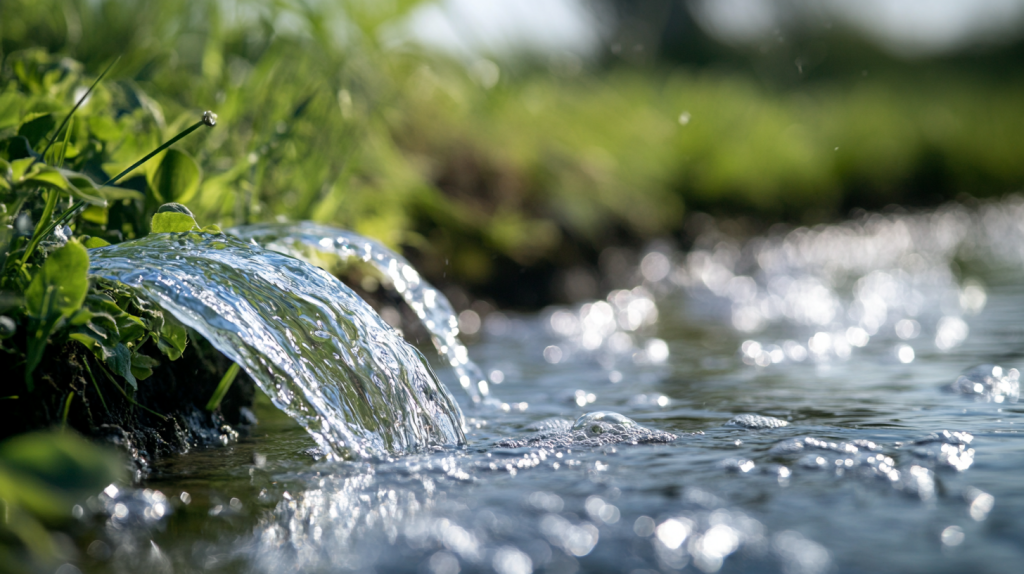
Aquifer recharge involves replenishing groundwater supplies by allowing surface water to percolate into underground aquifers. This can be achieved through methods like spreading basins, injection wells, and even permeable pavements. Aquifer recharge helps restore depleted groundwater levels, ensuring a reliable water source for future generations.
14. Floating Solar Farms
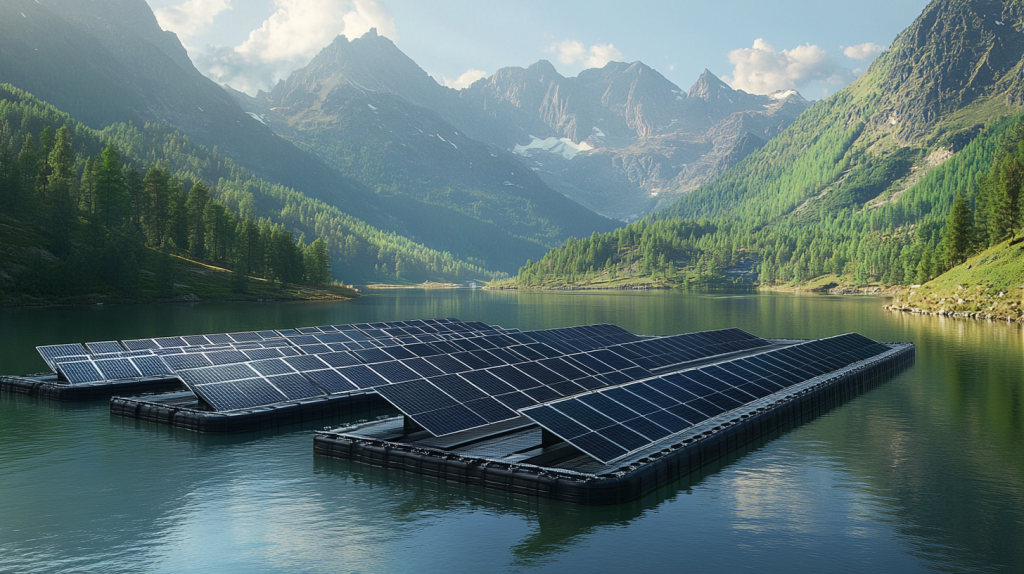
Floating solar farms combine renewable energy with water conservation by placing solar panels on bodies of water. These installations reduce evaporation from reservoirs while generating clean energy. Floating solar farms are especially useful in regions with limited land availability and can help stabilize water supplies while supporting energy needs.
15. Water-Sensitive Urban Design
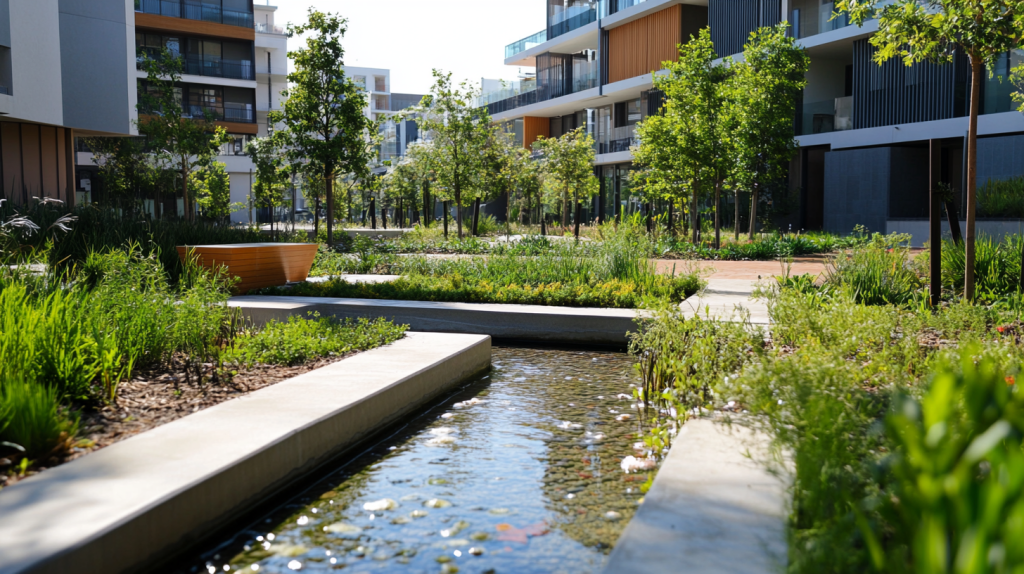
Water-sensitive urban design (WSUD) integrates water management into the planning and development of cities. WSUD strategies include creating green spaces that absorb rainwater, installing permeable pavements, and designing buildings with water-efficient systems. These practices help manage stormwater, reduce flooding, and improve water quality in urban areas.
16. Biodegradable Water Bottles
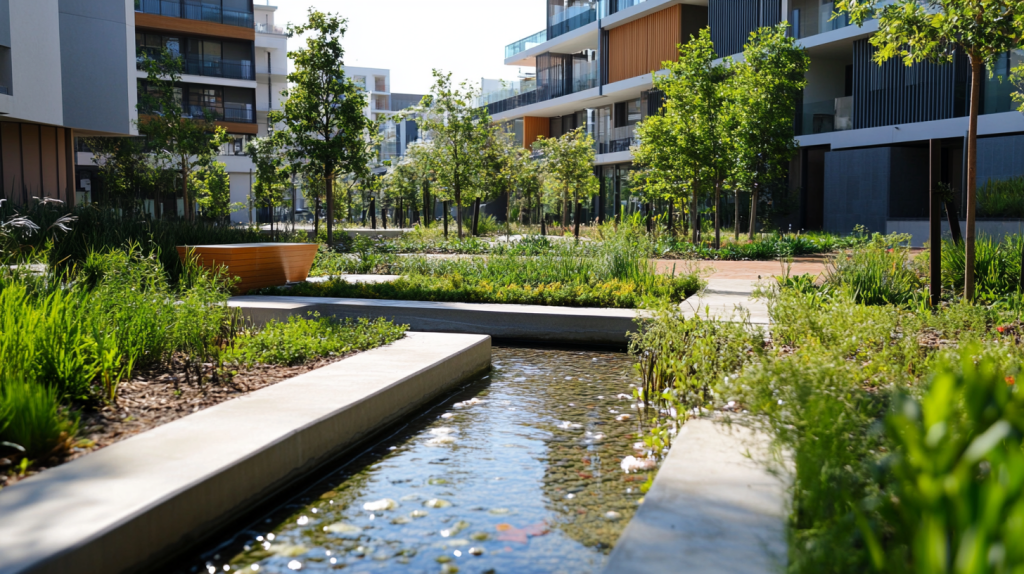
Biodegradable water bottles offer an eco-friendly alternative to traditional plastic bottles, which contribute to pollution and waste. Made from plant-based materials, these bottles break down naturally without leaving harmful residues. By reducing reliance on single-use plastics, biodegradable bottles help protect water sources from contamination and reduce waste.
17. Mobile Water Filtration Units

Mobile water filtration units are portable systems that can be deployed quickly in emergency situations or remote locations to provide clean drinking water. These units use a variety of filtration methods, such as reverse osmosis, UV purification, and activated carbon, to ensure water safety. They are invaluable in disaster relief efforts and for communities with limited access to clean water.
18. Community-Led Conservation Initiatives
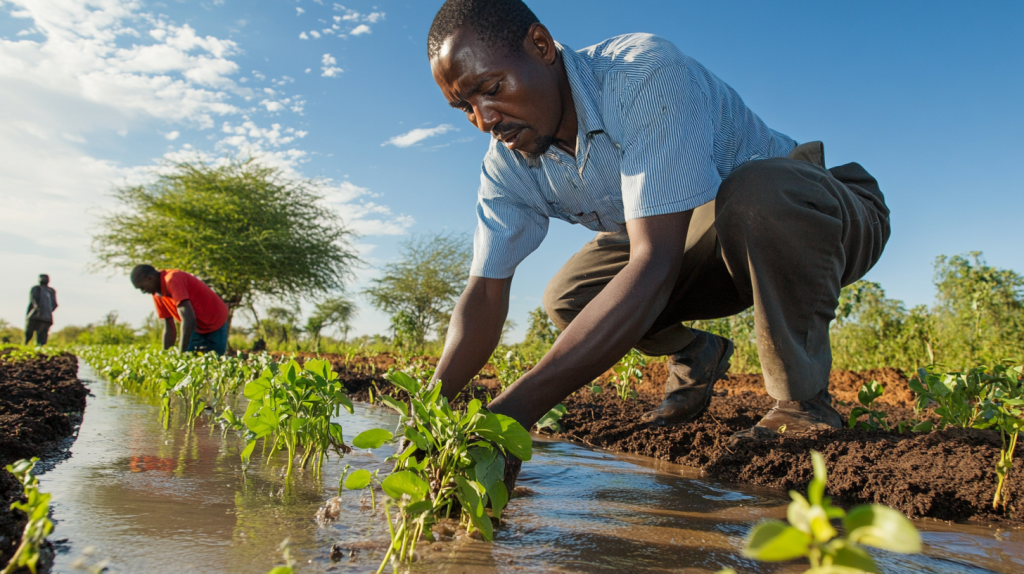
Community-led conservation initiatives empower local populations to take charge of their water resources through education, advocacy, and sustainable practices. These initiatives can include projects like tree planting to protect watersheds, building check dams to conserve water, and organizing water-saving campaigns. By involving communities directly, these efforts promote long-term water security and stewardship.
Ellen has been obsessed with logic puzzles, jigsaws, and cryptograms since she was a kid. After learning she was taught how to play chess wrong by a family friend (so they could win), she joined her school chess club and the rest is history.


